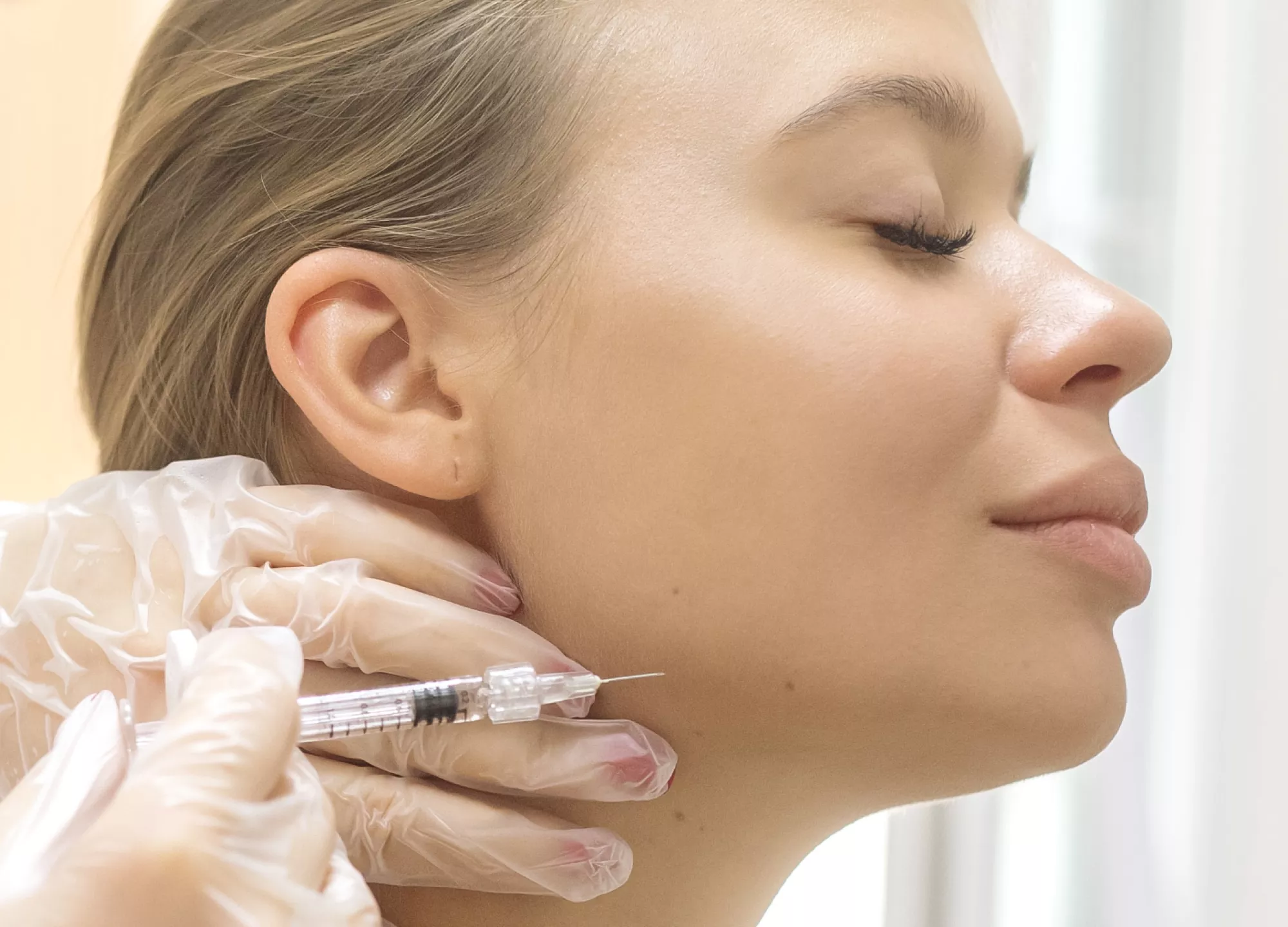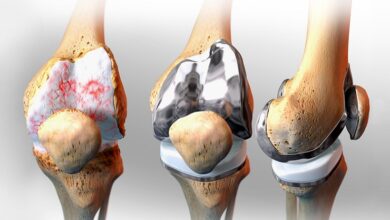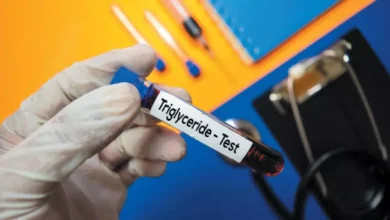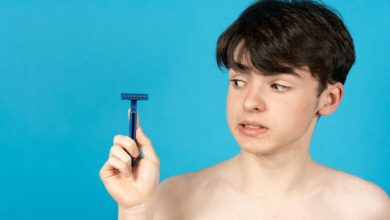Complications of Botox: Does Botox cause headaches?
Improper use or long-term use of Botox can lead to severe and dangerous health effects.
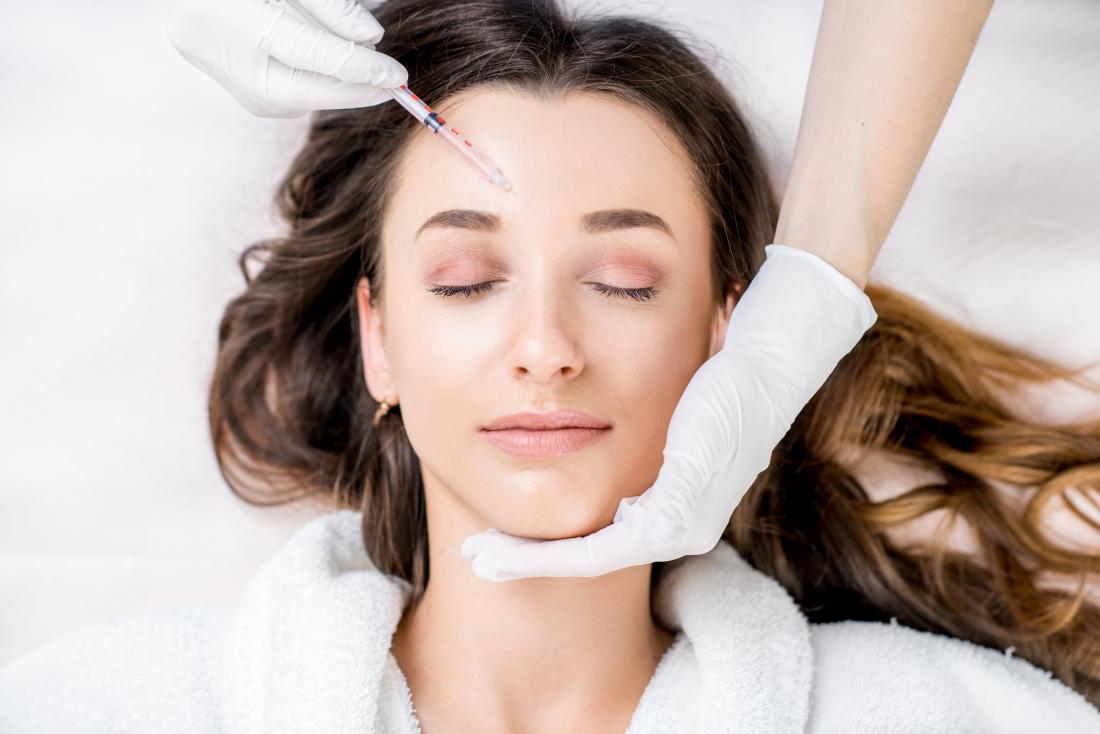
Botox, a widely used method in beauty and youth, is one of the most effective treatments for reducing facial wrinkles. These botulinum toxin injections are a magical tool to relax facial muscles and eliminate lines and wrinkles. However, like many cosmetic procedures, Botox comes with side effects. One of the most critical side effects of Botox is headache. This article introduces Botox as an effective cosmetic procedure. It examines possible side effects, including headaches after injections, to give the audience the necessary information to make informed decisions about this procedure.
Botox, in addition to effectively reducing facial wrinkles, is also used to relax facial muscles. This action makes the muscles lose their tension, and the facial lines appear more softly. For many people, the results of this procedure last a reasonable amount of time, approximately 6 to 8 months. But along with these benefits, Botox is also possible with side effects such as headaches. This headache may appear for different periods after Botox injections and depends on various factors, which we will discuss further.
What is Botox?
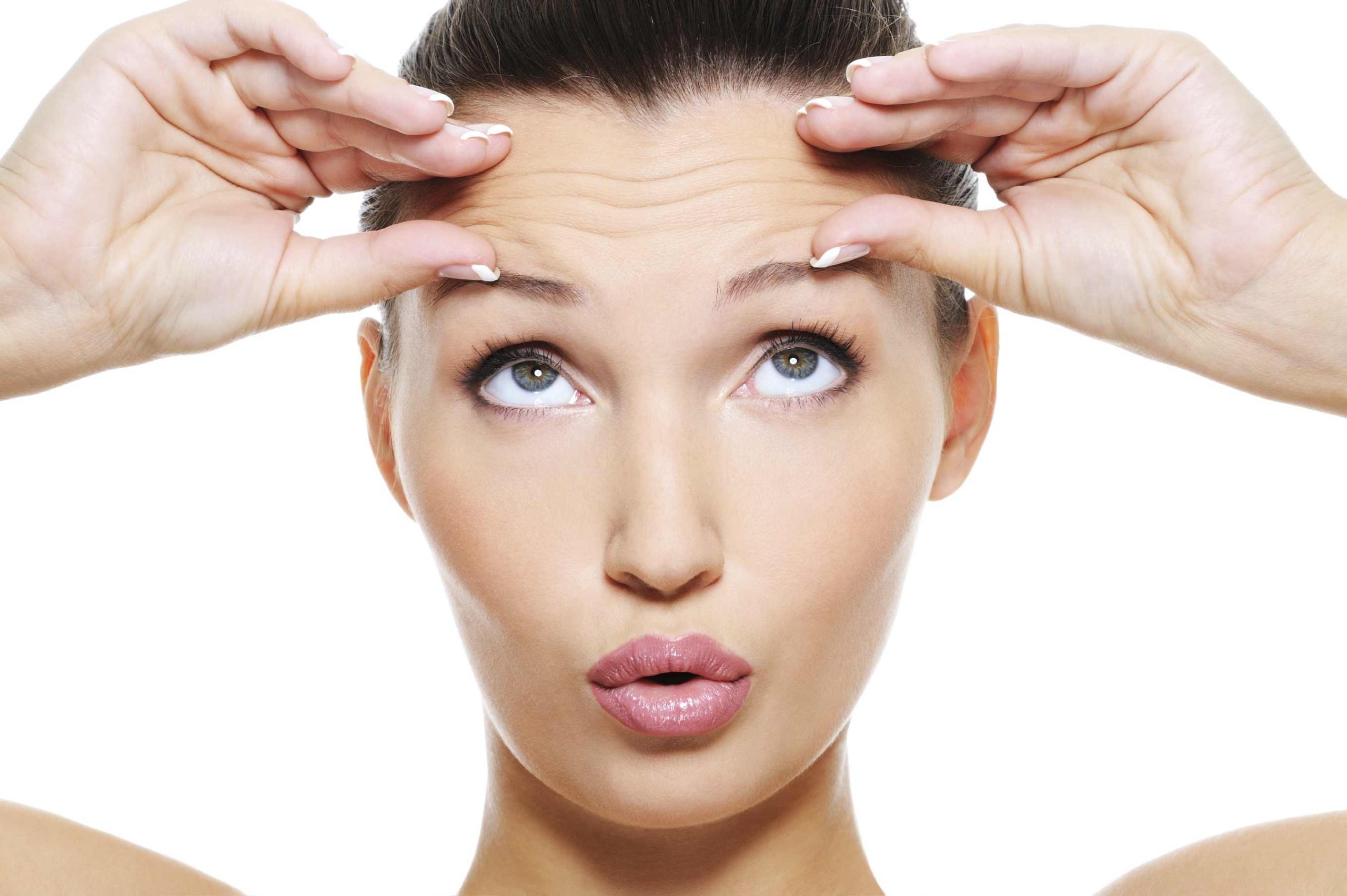
Botox is a medical and cosmetic term used for botulinum toxin injections to reduce wrinkles on the face and other body parts. Botox is actually a type of protein that is extracted from the bacterium Clostridium botulinum and refined for use in high-quality cosmetic injections. This toxin stops the muscles that cause lines and wrinkles to work.
To perform Botox injections, usually, a small amount of toxin is injected in the desired area. This toxin is attached to the relevant muscles and blocks nerve signals to that muscle. As a result, the muscles lose their tension and nerves, and facial lines and wrinkles appear more softly. Botox is mainly used to reduce forehead wrinkles, around the eyes, and between the eyebrows.
The effects of Botox usually last for approximately 6 to 8 months, and injections must be repeated periodically to maintain the cosmetic impact. This cosmetic procedure reduces facial wrinkles and relaxes the muscles, but must be performed by a qualified doctor to avoid rare side effects such as headaches. For people looking for a non-surgical way to beautify their face, Botox is an effective and popular solution.
Complications of Botox
Botox injections may have various side effects that people should be aware of before deciding to undergo this cosmetic procedure. In the following, we explain the possible side effects of Botox:
- Headache: One of the common side effects of Botox is headache. This headache may appear after botox injection for different periods and depends on the amount of botulinum toxin and the injection method.
- Bruising and swelling: At the injection site, people may experience bruising, swelling, and redness. These side effects are usually temporary and get better after a while.
- Temporary weakness and muscle wasting: Botulinum toxin blocks nerve signals to the muscles, leading to temporary weakness and muscle wasting. These effects are usually very mild.
- Pain and discomfort: People may feel pain and discomfort at the injection site after Botox injection. This complication is also usually temporary.
- Watery eyes: In some cases, botulinum toxin, especially in eye injections, can reach the eyes and cause watery eyes. This may cause problems for people.
- Changes in facial muscle flexibility: Botox causes facial muscles to relax, which may lead to undesirable results such as loss of muscle flexibility.
- Changes in feeling and numbness: Botox may lead to changes in the sense and sensitivity of the skin at the injection site. In some cases, people may experience less sensation at the injection site.
- Abscess: In some cases, people may experience an abscess at the injection site. This is usually temporary and usually improves within a few days.
- Rare side effects: Rare side effects such as changes in vision and breathing problems are also possible, but these events are infrequent!
The importance of consulting a specialist and skilled doctor before deciding to inject Botox because of possible side effects lies in this beauty procedure. The doctor can give the best recommendations for each person and prevent side effects.
Does Botox cause headaches?
Yes, it is possible to experience headaches as a side effect of botox injection more than any other side effect. The reasons that can lead to headaches after Botox injection are:
- Improper botox injection process: Choosing a skilled specialist and doctor for botox injection is vital. Suppose botox injections are done incorrectly, and the correct technique is not used. In that case, they may have side effects such as headaches or even more irreversible complications.
- Forehead muscle tension: If your forehead muscles are repeatedly compressed before Botox injection, Botox injection may cause difficulty in relaxing the muscles and cause pain and headache.
- Tension and stress: Shortly after Botox injection, experiencing a headache may be due to tension and stress. Especially among clients who have no previous experience, there is anxiety related to botox injections.
- Forcing the muscles to move: Some patients have reported headaches after one to two weeks of Botox injection. This may be due to forcing the muscles to move. Attempting to move the forehead muscles, raising the eyebrows, or muscle movements in that area can lead to experiencing a headache.
Although headache is one of the common side effects of Botox, this should not stop people from using this cosmetic procedure. Many people benefit from a positive experience with Botox to reduce wrinkles and increase the youthfulness of their facial skin. It should also be noted that Botox is approved by the Food and Drug Administration (FDA) to reduce the severity and frequency of migraine attacks in adults, although it does not cure migraines.
The benefits and advantages of Botox
Of course, in addition to all the side effects that were mentioned, Botox definitely has benefits and advantages that make it one of the most popular methods of rejuvenation and anti-aging, which we will discuss below:
- Relaxation and rejuvenation of the skin: Botox is a non-surgical method of reducing facial wrinkles and relaxing the muscles. This effect has made the facial skin look clearer and younger.
- Quick effect: One of the significant advantages of Botox is its swift effect. After the initial injections, people usually notice changes within a few days and continue to improve.
- No surgery: Botox is a non-surgical cosmetic procedure. This allows people to improve their wrinkles without the need for surgery.
- Proportion of cost and result: Botox injections are more economical than expensive cosmetic surgeries, and the results last for a reasonable time.
- No need for prolonged treatment: People return to daily activities immediately after Botox injection. Not needing long treatment and recovery is one of the advantages of this method.
- Treatment of various problems: Botox is used to reduce facial wrinkles and is approved for other issues, including excessive underarm sweating.
- No need for general anesthesia: Botox injections are performed under local anesthesia and do not require general anesthesia. Even in many cases, Botox can be injected without the need for anesthesia, and it depends on the threshold in people.
- Durability: Botox effects usually last several months, and injections can be repeated periodically to maintain the results.
Necessary care after Botox
After Botox injections, some essential precautions and recommendations must be followed to avoid side effects. Following are the necessary recommendations after Botox injection:
- Do not touch the injection site: After botox injection, the injection site should not be touched or put under pressure. This may cause the injection to move to other areas and cause unwanted side effects.
- No massage or contact with the sun: do not massage the injection site for some time after the injection, and avoid sunbathing (including using a solarium). These actions may lead to irritation of the injection site and side effects.
- Lack of muscle tension: Avoid muscle tension at the injection site after Botox injection. Avoid activities that require straining or moving muscles to prevent slouching or headaches.
- Follow-up and medical care: If any complication or need for medical care occurs after Botox injection, inform your doctor. He can give you specific recommendations.
- Not taking certain medications: Before injecting Botox, tell your doctor about the drugs and supplements that may interfere with Botox injection. Some medicines may increase unwanted side effects.
- Keep in touch with your doctor: Regular follow-up is essential after Botox injection. He may assess your changes and needs and make appropriate decisions for Botox restoration.
- Follow up on dangerous side effects: Tell your doctor immediately if you notice any unwanted side effects (such as a severe headache or unusual watery eyes).
- No arbitrary injection: Never arbitrarily change the dose or complete Botox injections. This procedure should be performed only by a specialist doctor.
- Not doing heavy work and lowering the head: after Botox injection, it is usually recommended not to reduce the head for at least 6 hours. This action helps prevent injection transfer to other areas and unwanted side effects. Also, your doctor may have specific recommendations that must be followed carefully.
- Avoid washing and make-up: It is usually recommended that water not touch the Botox injection area for up to 24 hours and not use cosmetic products.
- Water consumption: drink enough water as much as possible. Drinking water is very effective in reducing possible inflammation.
- Use of ice: In case of headache or mild swelling at the injection site, using ice for a short time can help relieve these symptoms.
Botox uses
Botox reduces wrinkles and increases the skin’s youthfulness in various face and body areas. These include the following:
- Horizontal forehead lines: Botox is one of the most popular uses to reduce horizontal lines and forehead wrinkles. These injections can temporarily relieve the flexibility of the forehead muscles.
- Eye lines: Botox reduces wrinkles around the eyes, known as crow’s feet lines.
- Lines between the eyebrows: Botox injection is done to reduce the lines of the eyebrows and relax the muscles of the eyebrows to prevent the formation of deep wrinkles.
- Necklines: This is related to preventing wrinkles and lines in the neck area.
- Armpit sweat (hyperhidrosis): Botox reduces the production of armpit sweat and controls hyperhidrosis.
- Skin lifting: Botox is used as a non-surgical skin lifting method to raise the skin of the face and neck and prevent skin leakage.
- Migraine pain reduction: Botox is used to reduce the intensity and frequency of migraine attacks in adults.
- Correction of excessive sweating: Botox regulates excessive sweating in the back of the neck, hands, and feet.
Botox is used in many areas of the body as a non-surgical and effective aesthetic method to prevent wrinkles and excess secretions and help rejuvenate the skin.
Conclusion
Considering the different causes of headaches after Botox injections, it is clear that this side effect may occur in people who receive Botox injections. Among the possible reasons for this headache can be the incorrect execution of the Botox injection process, the tension of the forehead muscles, the tension caused by stress, and the forcing of the muscles to move. However, these matters should encourage people to use Botox because Botox is known as one of the most effective methods of reducing wrinkles and increasing skin youthfulness. Many people have had positive experiences with Botox to improve their appearance. Finally, consulting with a specialist doctor and following the instructions carefully after Botox injection can help prevent side effects and increase confidence in the desired results.
Frequently asked questions about Botox side effects.
Does Botox cause headaches?
Yes, headache is one of the possible side effects after Botox injection. This headache is usually temporary and mild, and some people may experience it after Botox injections to treat wrinkles or other skin problems.
How to avoid headache and other side effects after Botox injection?
To reduce the possibility of headache and side effects after Botox injection, it is important that the injections are performed by a qualified and experienced doctor. Also, following the doctor's recommendations after the injection, including not touching the injection site and not doing movements that increase muscle tension, can help reduce the possibility of headaches and complications.
